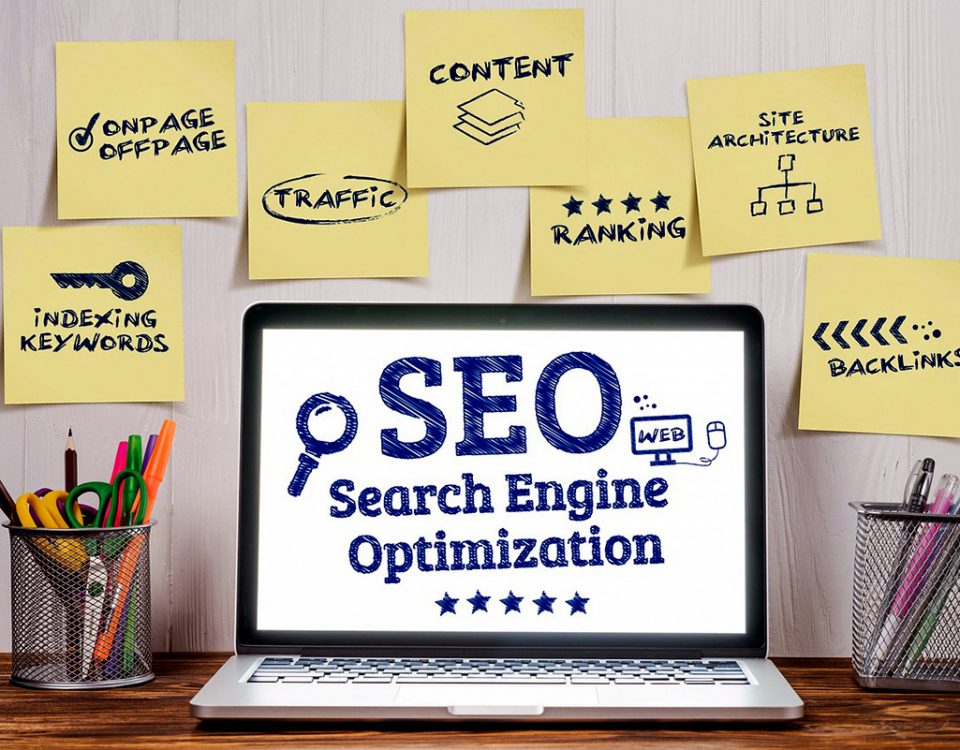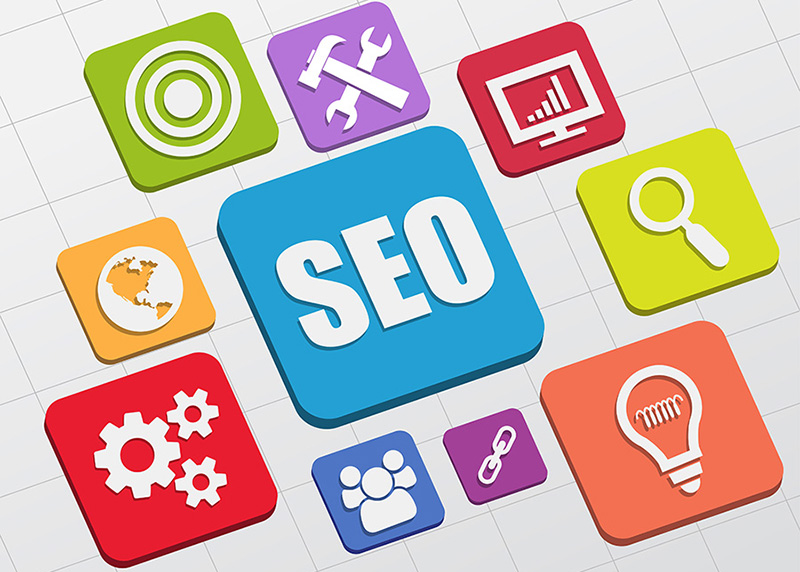Much of the important aspects of search engine optimization hinge on the content of your website – not how many people have visited the site itself. In order to get the most out of your SEO work, you will need to structure your website and build content that makes search engine algorithms more likely to promote your site in the search engine rankings. This guide will give you a step by step method on how to make your site as SEO-friendly as possible.
 The Title Tag
The Title Tag
The title tag is what basically gives your site a title, and it’s the first thing that web crawlers pick up on. Use a good title that is unique and filled with descriptive keywords to maximize the website display space in Google search.
A good example of content for a title tag is as follows:
“Welcome To Fat Loss Central! Site Of LA’s Most Popular Workout Center!”
A bad example of content for a title tag is as follows:
“Weight Loss”
Meta Description
This is I think the second most important thing after the title tag, that can help you in ranking your webpage. Make sure when you write the description for your content, you will include your main keyword and additional keywords that you are trying to rank for. Google will display only up to 156 characters in the search results. Make sure everything that is important is listed within the first 156 characters.
Keyword Usage
Keyword usage on your site is the only way that a search engine can figure out what to categorize your site as, and whether or not it’s relevant enough to rank correctly. So, you will have to use keywords that people who would want to look at your site would search for. Figuring out which keywords to use can be intuitive at times, but also can be done with several apps and services that are found online. Experts suggest trying at least 3 or 4 different keywords, or phrases, that people are likely to search for when looking for your site.
It is important to add keywords to your site’s verbal content. For example, if you are a site that focuses on plumbing, have a small paragraph that talks about plumbing. The order of the keywords also counts when crawlers are determining relevancy, so make sure that you have the right order for your site’s ranking. When adding descriptions to your photos, Javascript apps, and similar features, make sure to add one or two keywords to the descriptions as well.
Keyword Abuse
There is such a thing as “too much of a good thing,” especially when it comes to using keywords. Stuffing keywords into every single aspect of your page might have worked 15 years ago, but it will likely do more harm than good. Ideally, keywords would be used in reasonable amounts throughout the page. When you have keywords that are being used in unnatural ways, keywords being stuffed into every meta tag, every link title, and every other sentence of the page, crawlers will assume that your page is meant to spam users. (And to a point, they would kinda be right.)
Adding keywords that have nothing to do with the page’s content also can lead to search engines citing your site as a keyword abuser.
 Tips For On-Page Optimization
Tips For On-Page Optimization
Here’s how you can use keywords wisely while avoiding the chance of being a keyword abuser.
- Use the keyword once in your title tag. Once is enough!
- Your content does need keywords, too, and there is a right way to go about it. Use your keyword once near the top of the page, and then about 3 times throughout the rest of the page. When dropping your keywords, it’s alright and even suggested to use variations of your keywords that you are trying to rank. If you are posting a longer blog post, using keywords and their variations more than 3 times is acceptable. Use your common sense.
- Alt descriptions need keywords, too. When adding descriptions of your images, make sure to include the keyword at least once. This can often lead to great image search results, which in turn can lead to even more traffic.
- URLs need keywords, but only once. Don’t overdo it. It’s more important to keep URLs shorter than it is to stuff them with keywords and extra phrases.
- Meta description is another place that you need to add some keywords that are relevant to the keywords that you are trying to rank. Be careful because the meta description is one of the elements that will displayed in the Google search results below the title tag. This means that your description needs to be compelling and with relevant keywords. Having a compelling and informative description can increase the traffic to your website!
- While META tags are not used by crawlers, many SEO experts highly suggest using a keyword in them once, simply because it’s the page description that users see. Hey, it doesn’t hurt!
- Remember that the main goal of your site isn’t always getting crawlers to pick up on your site, but to deliver a good user experience to people who visit your site. A good user experience will result in a better search engine ranking in the long term, anyway. This is because good user experiences will lead to more revisits, which in turn is picked up by search engines.
Great SEO should not be too hard to achieve, at least, not when it comes to your page’s layout. The next section will continue to expound on some of the most important elements of good web design, and how they all will influence your search engine ranking in the long and short term.




